So, you're torn between screen printing and embroidery for your next project, we know the feeling.
It’s easy to get confused considering both options produce high-quality designs, are affordable, and work with various fabrics.
Despite these similarities, embroidery and screen printing have unique advantages. For instance, artwork with effects such as shading is harder to reproduce with embroidery than it is with screen printing.
Here, we’ll discuss three more variations to help you decide between the two decoration methods. As we go over them, you’ll also learn:
- Why embroidery is preferred for professional settings
- Why screen printing is better for large-size and detailed artwork
- Why colors affect the price of screen printing, but not embroidery
- Where to find high-quality custom screen printing and embroidery services
But first, let’s delve into each option and what makes it popular.
Embroidery - What It Is and How It’s Done
Embroidery is how those intricate threaded logos and bold fonts got onto your embroidered polo or favorite beanie.
It’s a high-tech threading process that involves:
- Artwork digitization: This step sets up a plan for the stitching machinery with critical details such as thread count and placement.
- Thread color selection: This step enables visual effects such as simple color changes and highlights.
- Machine stitching: The embroidery machines create multiple stitches simultaneously to save time. Our machines embroider up to six items in one go.
Advantages of Embroidery
-
Versatility: There are various embroidery styles to choose from, including flat and puff embroidery, or patches. This variety makes embroidery a flexible option as different embroidery styles accommodate different fabrics.
For instance, embroidery patches work well with hats and beanies. Flat and puff embroidery work perfectly with tougher fabrics like denim. - Durability: Embroidery designs use sturdy polyester threads. These threads withstand bleaching, commercial laundry, and the frequent rubbings of industrial environments. Their durability is why you find embroidery motifs on military uniforms.
- Professional look: Embroidery designs give garments a professional look that communicates experience and quality. It’s why they're featured on corporate and military uniforms to sell a brand and establish rank.
- Cost is independent of colors: The cost of embroidery doesn’t include the number of colors in your design. You’ll get a flat rate for your pallet (up to 15 colors with our machines) and a variable cost of stitch count. This pricing maximizes your freedom to be creative with colors.
Disadvantages of Embroidery
- Unsuited for gradient colors: The subtle color change of one color fading into another is harder to achieve with embroidery threads. They come in distinct colors without in betweeners, which are best for sharp color change designs.
- Unsuited for waterproof garments: Embroidery needles compromise the waterproofing of your garments during stitching. The needles puncture your garment and create openings for water and moisture. Embroidery is still an option if preferred, however, we do recommend screen printing in this situation.
- Unsuited for small text: Embroidery can only scale down so far and remain legible. We recommend a height of at least .25" for embroidery. This make it more visible and produced a better result. Keep this in mind when scaling your logo for a left chest or hat placement.
Screen Printing - What It Is and How It’s Made
Screen printing is a graphics technique involving ink transfer through a mesh screen, graphics, and your garments.
The whole process entails:
- Designing a mesh screen: A mesh screen is fabricated for each color in your design. This step is why the number of colors you use affects the printing price.
- Actual printing: The finished mesh screen is placed on a platen with ink on top. A squeegee is then used to push ink through the mesh and onto your garment.
- Drying: The newly printed garments pass through a dryer to cure the ink and ensure durability before washing.
Advantages of Screen Printing
- Cost-effective for large orders: Bulk orders use one mesh screen on multiple units. This practice limits the cost of making the screens while spreading all costs among the printed units.
- Suitable for light and special garments: Screen printing doesn’t involve impactful needles. It’s therefore applicable to delicate garments like high-visibility jackets and weatherproof coats.
- Suitable for small texts: Screen printing captures greater detail than embroidery. For instance, small texts are hard to embroider without affecting readability, but this isn’t a problem for screen printing.
-
Suitable for gradient colors: Screen printing allows you to create detailed images on a screen. This ability enables the printing of complex designs that use gradient colors, such as rainbows and logos that involve gradients and color fades.
Here’s an example of halftone printing from fancysweetstx:
Disadvantages of Screen Printing
- Garment color and fabric influence ink colors: The dye used to color a shirt and the material the shirt is of can cause the color of a shirt to show through the ink. For instance, if an underbase is not printed on a black shirt the ink will lack opacity or be muted relative to its intended color. A similar concept applies to fabric. Cotton is a natural fiber whereas polyester and rayon are synthetic. These man made materials can results in prints that are not as vibrant. An experienced screen printer learns how to mitigate these issues for their customers.
- Colors affect the price: Because colors need individual screens, they affect pricing. This cost variation can limit creative freedom if you’re working with a tight budget. Even so, you can mitigate the cost of colors by printing multiple units of the same multi-color design.
Choosing Between Embroidery and Screen Printing
At the end of the day, embroidery and screen printing are excellent options for your garments. They offer stunning finishing and cost-efficiency with large-scale orders.
Even so, consider the following factors when choosing between them.
1 - Consider Your Garment’s Usage
Not all designs fit all applications.
If you’re looking for a high-end look that’s excellent for the front office or marketing events, opt for an embroidered garment.
Embroidery designs use rayon threads that give them a silky sheen. It also gives a natural look that’s typical of premium products and excellent for professional settings.
Besides, rayon threads are soft on the skin, which is essential for garments that’ll be worn for prolonged periods.
If you’re looking for a casual look for occasions such as team-building exercises or camp or work shirts, use screen-printed garments.
They offer many more design options and are less expensive than embroidered garments. This price factor is especially important for occasional wear with limited useful life (see: on site usage for landscaping and construction).
2 - Consider Your Garment Type
Embroidery is applicable on various garments, including stretchy knit fabric using patches. But it’s preferable for heavier garments such as woven cotton and denim.
Delicate fabrics such as rayon, nylon, or lightweight polyester (used on hi-vis) are less resistant to embroidery needles. These fabrics have thin fibers that can be weighed down or pucker during stitching.
Screen printing doesn’t involve needles. It uses ink and heat curing, which helps to maintain the structure of your garments. As such, screen printing is better for lighter fabrics or special garments.
The following table highlights the best fabrics for embroidery and screen printing projects.
| Design Method | Suitable Fabrics |
| Embroidery | Woven cotton, linen, denim, felt, fleece, velvet, and terry cloth (used on towels) |
| Screen printing | Rayon, cotton, and cotton-polyester blends |

| Embroidery | Screen Printing |
| More professional | More casual |
| Stitch count affects pricing | Color affects cost |
| Suitable for color separation | Suitable of gradient colors |
| Suitable for heavy garments | Best for lightweight and waterproof garments |
Tell Us About Your Idea
Now that you know more about embroidery and screen printing, you’re better placed to pick between them, and we’d love to help.
Whether you’re looking to create stunning custom designs for your merch or shopping for something more mainstream, our team at fancysweetstx is eager to work with you.
We’ve been at this since 2006, so we know a thing or two about:
- Fast turnaround times
- Quality finishing
- Affordable pricing
"Phenomenal experience buying a run of 65 t-shirts. Very fast responses, great pricing, and fast production. Finished product is of excellent quality.”
- Joe M
Contact us today and let’s get started on your idea.
Share on Facebook:
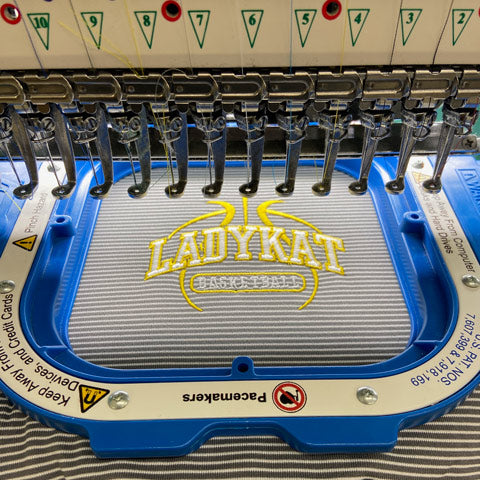
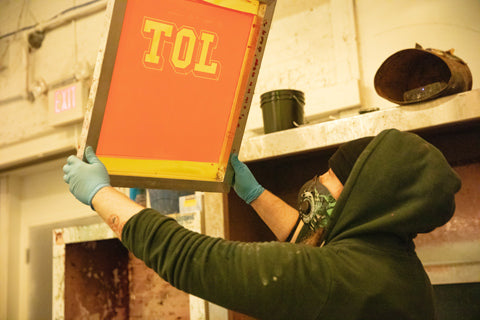
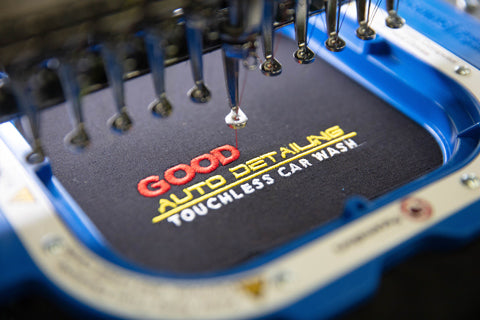

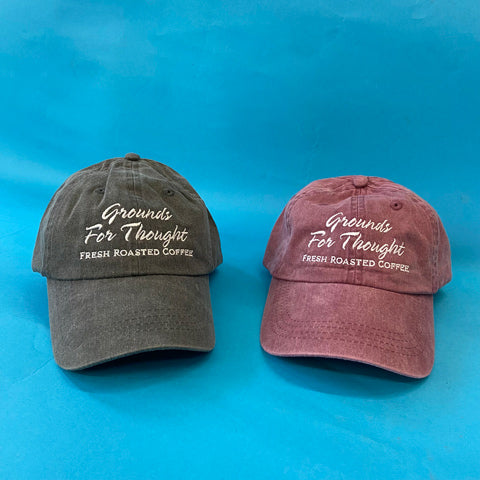
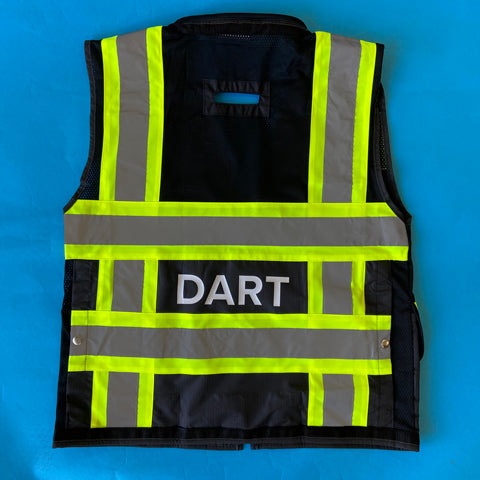
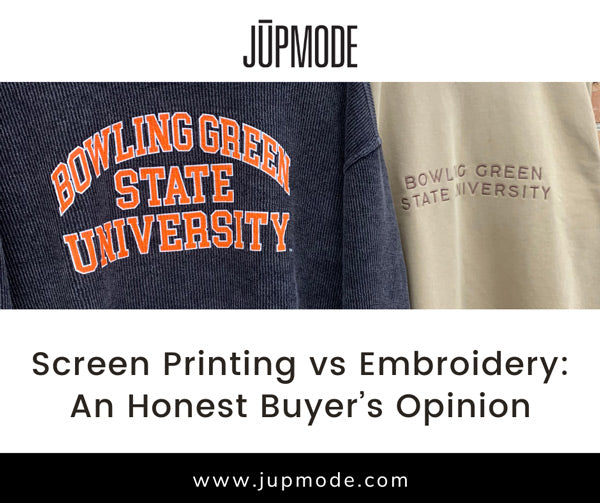









Comments
Write a comment